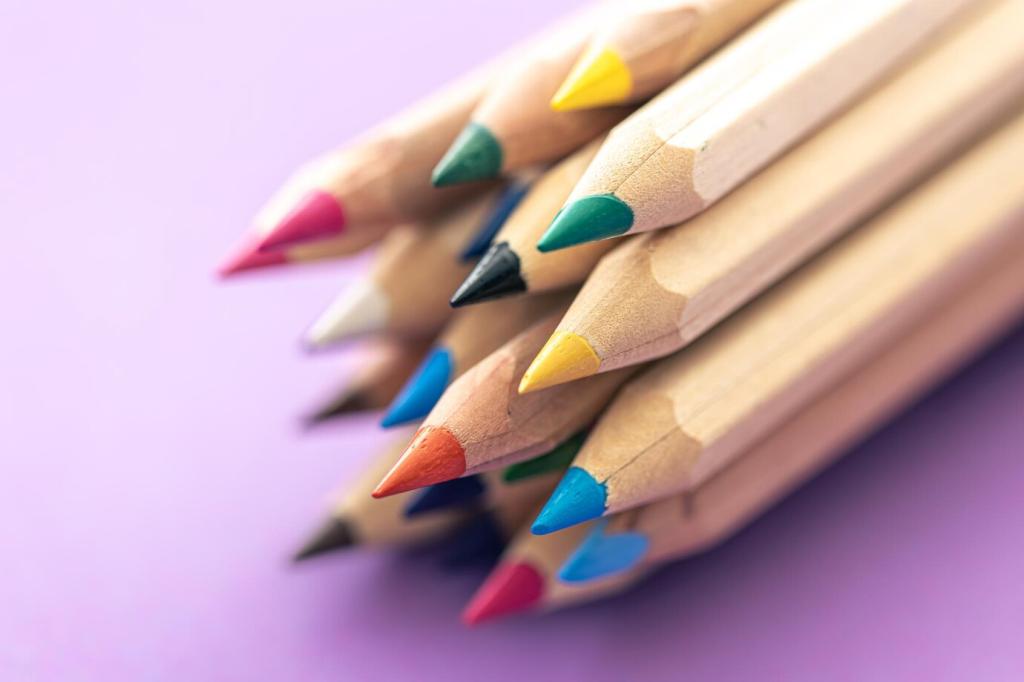Why Mindfulness Matters for Young Minds
Short, consistent mindfulness practices engage the prefrontal cortex, calming reactive impulses and supporting working memory. Children often gain a steadier sense of control, which reduces frustration and boosts persistence. Even five mindful breaths can shift attention, helping lessons land with clarity and confidence.
Why Mindfulness Matters for Young Minds
A third grader once said, after three mindful breaths, he could hear the pencil on paper for the first time that day. The room did not become silent; it became intentional. That tiny pause turned scattered energy into steady, curious attention for reading.









